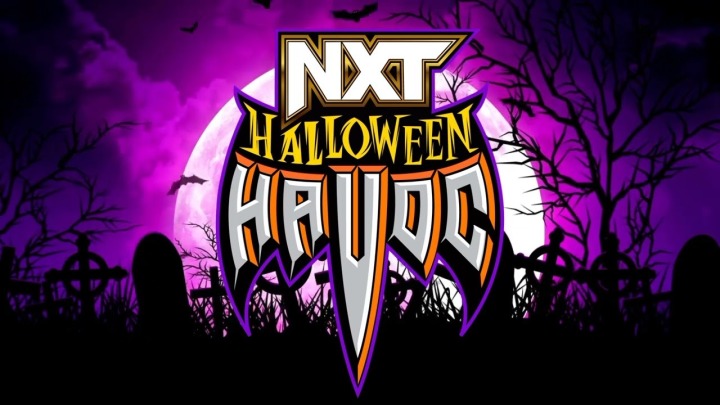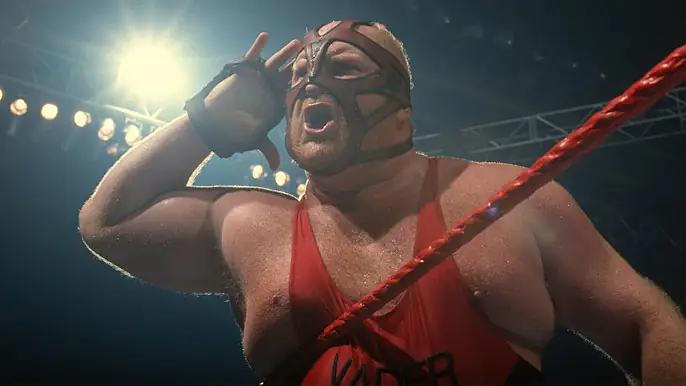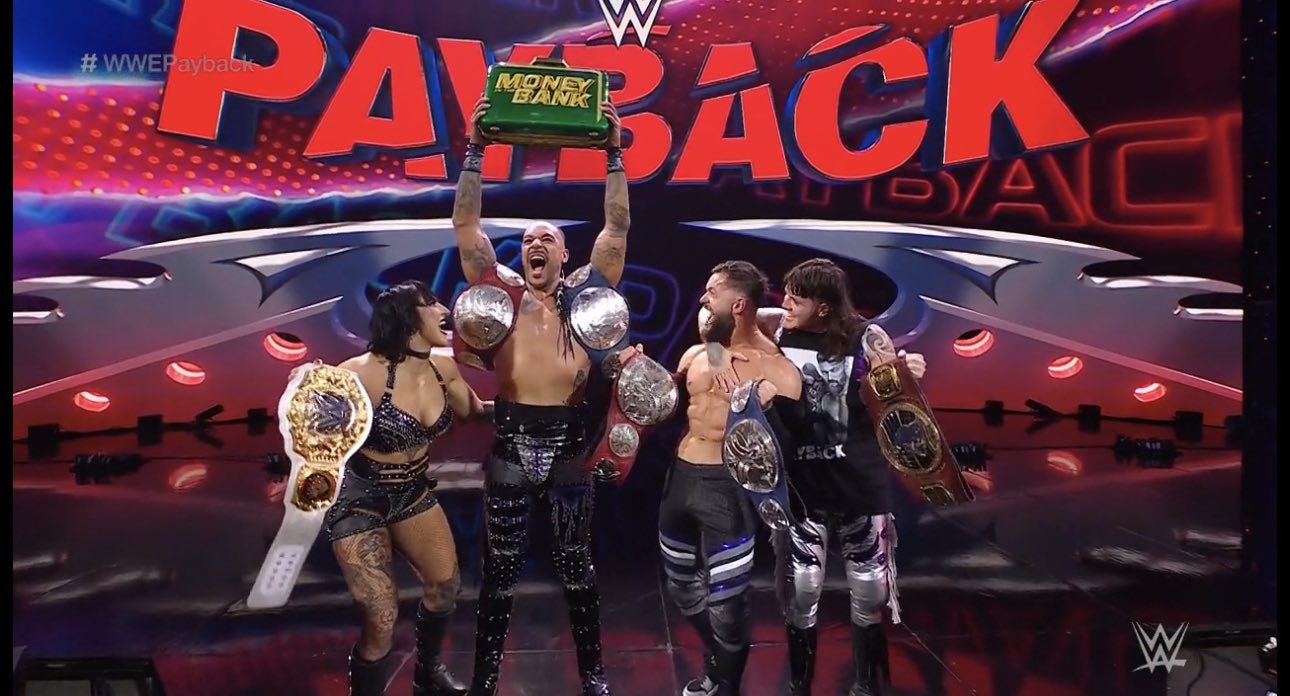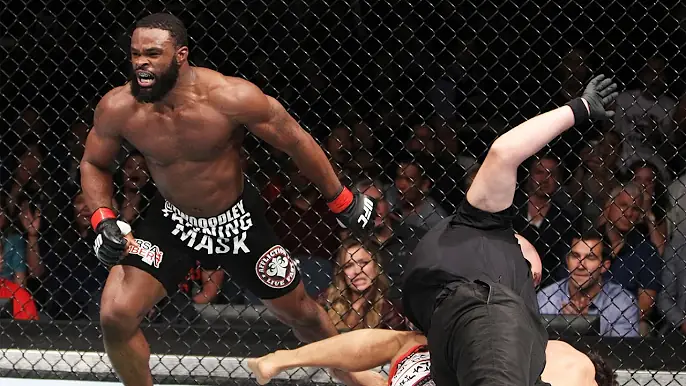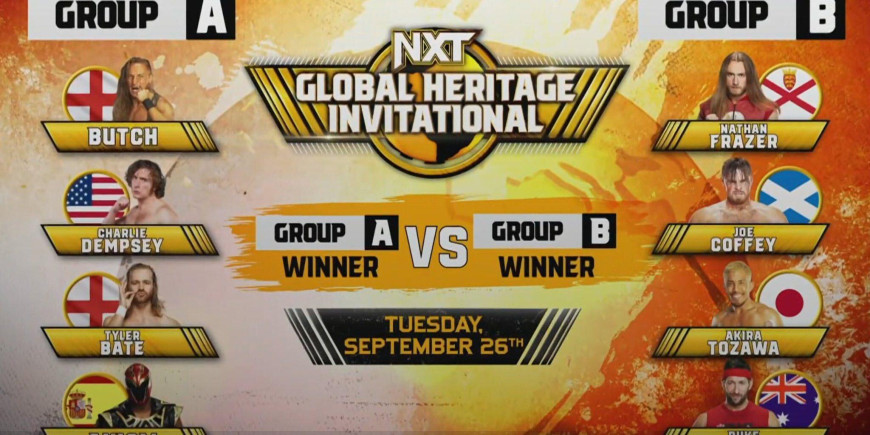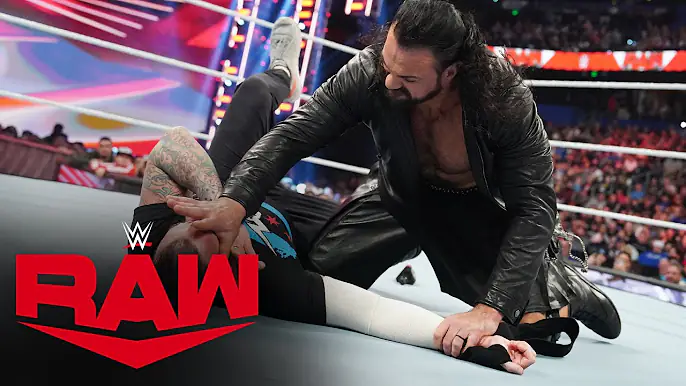Championship Evolution: The Changing Designs Of WWE’s Top Titles
The WWE Championship belts have metamorphosed greatly from its founding. These have been changes existing from the tastes, cultural influences, and the technological advancements in professional wrestling. In terms of attire, championship belt design represents something way beyond merely aesthetics; it stands for prestige, history and accomplishment on the part of the wrestlers who bear it. The following article will venture into the glory days and overall evolution of the top championship titles in wrestling, focusing on what their design changes bring to the wrestling world.
Wrestling’s Most Prestigious Prize
Origins and Preliminary Designs
The WWE Championship was inaugurated in 1963 and it was first called the WWWF World Heavyweight Championship. Buddy Rogers was the first who held the title. It was quite a simple belt, according to nowadays standards. The first designs showed only a very big center plate, which carried the name of the company and an image of a wrestler with limbs spread in victory holding the globe.
It was retooled in the 1970s; the yellow lettering was added and more ornate engraving and gold plating to the strap. It wasn’t until this period when more of a somewhat standardized appearance was finally achieved as the eagle was shown with wings extended and standing on top of the globe, which symbolizes reaching all over the globe the WWE has attained.
The 1980s: The Winged Eagle Era
Among the most iconic of designs was the one followed in 1988 with the “Winged Eagle” belt. This version was fitted with one of the largest reproductions of an eagle with its wings splayed—signifying power and much more real estate upon which to apply color. The features of color depicted in the minutest skin represent a respected part of wrestling history. Legends such as Hulk Hogan, Bret Hart, and Shawn Michaels held this version, solidifying its place in wrestling history.
The Attitude Era: Big Eagle and the Undisputed Titles
The Big Eagle championship was introduced in 1998 at the peak of the Attitude Era. Larger and more imposing, this belt has a large eagle in the middle and the caption “World Wrestling Federation Champion” embossed across the width of this big beauty. This design would be held by the likes of Stone Cold Steve Austin and The Rock.
It had a more streamlined design now, with a single central plate increased in size, and following the unification of the titles from both the WWF and WCW, this was the “Undisputed Championship”. The title was held by Brock Lesnar and The Undertaker.
The Ruthless Aggression and the PG Era: Spinner Belt and Beyond
In 2005, the “Spinner Belt” line was introduced, signed by John Cena. This line has a spinning WWE logo in its center, symbolizing Hip Hop John Cena. Although it was controversial at the time, it has become the iconic symbol of this era, worn by such top stars as Edge and Randy Orton.
In 2013, the spinner was removed and an updated, more simplified design was released. This belt was designed with a big WWE logo in the center and with the words “World Heavyweight Champion” inscribed beneath it. This apparently inscribed a step in the updating of the look to be more fit for the modern branding of the company.
The WWE World Heavyweight Championship and Universal Title
The year of 2014 blessed us with the WWE World Heavyweight Championship, which brings in it a look back at the previous designs entangled with a modern light approach. It featured a huge WWE logo in the center and was surrounded by gold plating with a black leather strap, showing design aspects that represent both retrospection and being modern.
In 2016, the WWE Universal Championship was unveiled for the Raw brand. The design, largely met with a so-so reaction regarding the red strap, mirrored the WWE Championship with a large central logo and gold accents. Among the notable holders of this belt are Finn Balor, Kevin Owens, and Brock Lesnar.
The Intercontinental Championship
Early Designs: Classy Look
Introduced in 1979, when you think about some of the strides made by key WWE superstars, the Intercontinental belt is the stepping stone. The original lay out design was fairly minimalist though. A round center plate, with a sort of map of continents behind it. On top of it said, “Intercontinental Heavyweight Wrestling Champion.”
An even more iconic look emerged in the 1980s, which had a white strap around it and large gold plates. This version, currently owned by the aforementioned wrestlers like Randy Savage, Ricky Steamboat, and the Ultimate Warrior, was the look of old school wrestling.
The 1990s and 2000s
Now, it has emerged to resurface several times with changes in its size, color, dressing details, among others. The Intercontinental title was first issued with the grim design of the belt when the New Era style had begun to emerge.
The strap reverted back to the white design in 2011, rekindling its vintage look while paying homage to its rich history. Such a nostalgic look has seen it embraced by fans and wrestlers equally, with stars like Cody Rhodes, The Miz, and Dolph Ziggler proudly holding the title.
Renaissance: Rough and Ornate
Another heavy redo has been made with the Intercontinental Championship in 2019. This title looks ultra-fresh with the new black strap, alongside the way more modern center plate and its busy design. In this way, we continue to add a prestigious heritage.
The United States Championship
Where WCW Began and Became WWE’s
The United States Championship started in WCW in 1975. The early designs gave it a simplistic outlook with the American flag. The title then was added to WWE title history when WWE purchased WCW in the year 2001.
WWE Rebrands
In 2003, WWE came out with a brand new style for the United States Championship—much more lavish, some would go so far as to say gaudy, with a huge American flag on the central plate. The design was colorful and full of patriotism, befitting the title’s rich heritage. Many stars have held this title, like John Cena, Eddie Guerrero, and Booker T.
Modern Updates
It is the year 2020 when the United States Championship got an entirely new design. The belt is going to be much more futuristic-looking with a big eagle right in the center and a lot more little stars. The basic theme will still be all the same: patriotic. The new design was meant to breathe a little bit of new life into the look of the title but keep its same heritage that much.
The Women’s Championships
Early Days: The Women’s and Divas Championships
The women’s championships of WWE have a history that extends back to the 1950s. The designs that graced the faceplates of these titles in their infant years were pretty modest, much in a way reminiscent of the view put on women’s wrestling at the time. In 1998, the WWE Women’s Championship was brought in; these new titles would include more detail in the design, like a real extreme in the size of the center plate and lots of color.
The Divas Championship, introduced in 2008, bore a butterfly-shaped design. Critically, on many occasions, this particular belt, while having a highly appealing look, was criticized for having a typically feminine appearance and seeming to lack substance in regard to its level of prestige.
Revolutions of Women: Reconfigurations and
With the Women’s Revolution in full motion, the WWE retired the Divas Championship in 2016 and revealed the WWE Women’s Championship, which appears very similar in design compared to the Men’s WWE Championship, officially sealing a new era of equality and equal measure of recognition for women’s wrestling in WWE.
Current Titles: Raw and SmackDown Women’s Championships
Currently, the WWE has two top women’s titles: the Raw Women’s Championship and the SmackDown Women’s Championship. Both feature a decent-sized center plate of the WWE logo in the middle, with picked-out colors of red for Raw and blue for SmackDown. Both designs represent the modern era of women’s wrestling, with an emphasis on athleticism and prestige.
The Tag Team Championships Early Designs and Evolution
Tag team wrestling has been a part of the WWE’s rich history since the 1950s. The early designs of the tag team championship belts were modest, featuring simple gold plates and simple leather straps.
The 2000s: The Spinner and the Unification
In the 2000s, WWE designed the “spinner” tag team championship belts after a newly designed WWE Championship released at that time. Some of the tag teams that held this Championship were The Hardy Boyz, Edge, and Christian, The Ragnarok, and The Dudley Boyz.
In the year 2010, the tag team championships were harmonized, and that’s when a new set of championships was designed with this championship, which had quite a big center plate with more traditional feels of the heritage of tag team wrestling.
Modern Age: Raw and SmackDown Tag Team Championships
In 2016, WWE branched back into brands, and each invented a new design of the Raw and SmackDown tag team championships. These titles would be similar in design. However, there would be identifying differences that go beyond the colors, red for Raw and blue for SmackDown. The brand-focused, brand-consistent design of the modern day.
NXT Championships
The Rise of NXT
NXT, WWE’s developmental brand, has become a huge player in the world of pro wrestling. The NXT Championship, unveiled in 2012 with the center plate prominently displaying a huge letter “X”,. North American, Women’s, and Tag Team Championships Apart from these, NXT has also introduced various other championships like the North American Championship, NXT Women’s Championship, and the NXT Tag Team Championships, all with different looks, giving reflection to the way innovative and new in wrestling is being carried out by NXT.
Impact
Recently, NXT has been giving its championship designs a more main roster, WWE look. For example, the belt of the NXT Championship wields a much more refined and slim look in detail to depict how the design of the brand has evolved.
Specialty and Retired Championships
Hardcore WWE has been pushing a group of specialty-based championships with their older history. Some of these examples are Hardcore Championship and European Championship. These titles usually had designs that match the theme of the title. For example, the Hardcore Championship presenting would be quite broken but taped up, typically indicative that hardcore wrestling was not that kind of tenure.
Cruiserweight and Light Heavyweight Championships
The Cruiserweight and Light Heavyweight Championships were designed for smaller, high-flying wrestlers. These belts often were a bit more detailed, showing off the agility and skills of the wrestler better.
Other Titles
Some of the titles that WWE has retired throughout decades include the Hardcore, European, and Light Heavyweight titles. An alternate opportunity for each retired belt was provided in the wrestling promotion, and they did hold a niche for wrestling iconic designs and the matches associated with them.
Conclusion
The evolution of the design of WWE championship belts reflects changing conditions within the professional wrestling landscape. From simple, modest belts in the early days of wrestling to today’s high-tech designs, each tells a story of its age. These belts interpret the prestige, history, and achievements of the wrestler who holds the belt and become a big part of the legacy of WWE. While WWE remains bound to keep altering over time, the designs for its championship belts are sure to hold trends and technological advancements. Even so, the driving factors of prestige, honor, and victory should at no time be stripped off their wearers from these iconic symbols. Steel championship belts are more than mere trophies; they validate the heart of a story and the legacy of WWE.



